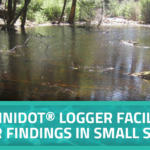
PME miniDOT® Logger Facilitates Major Findings in Small System
June 14, 2024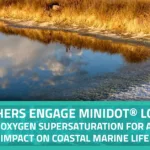
Researchers Engage miniDOT® Logger to Measure Oxygen Supersaturation for Assessing Impact on Coastal Marine Life
October 30, 2024Watching Earth and Nature Unlimited (WENU) Organization Utilizes miniDOT® Clear Loggers To Understand How El Nino Might Impact Temperature and Oxygen Levels In Kelp Forest
Project Details
- PRODUCT(S): miniDOT® Logger
- APPLICATION: Coastal/Ocean
- PARAMETER: Dissolved Oxygen, Temperature
- LOCATION: San Diego, California
- ORGANIZATION: Watching Earth and Nature Unlimited (WENU)
- RECOGNITION: William “Bill” Hagey
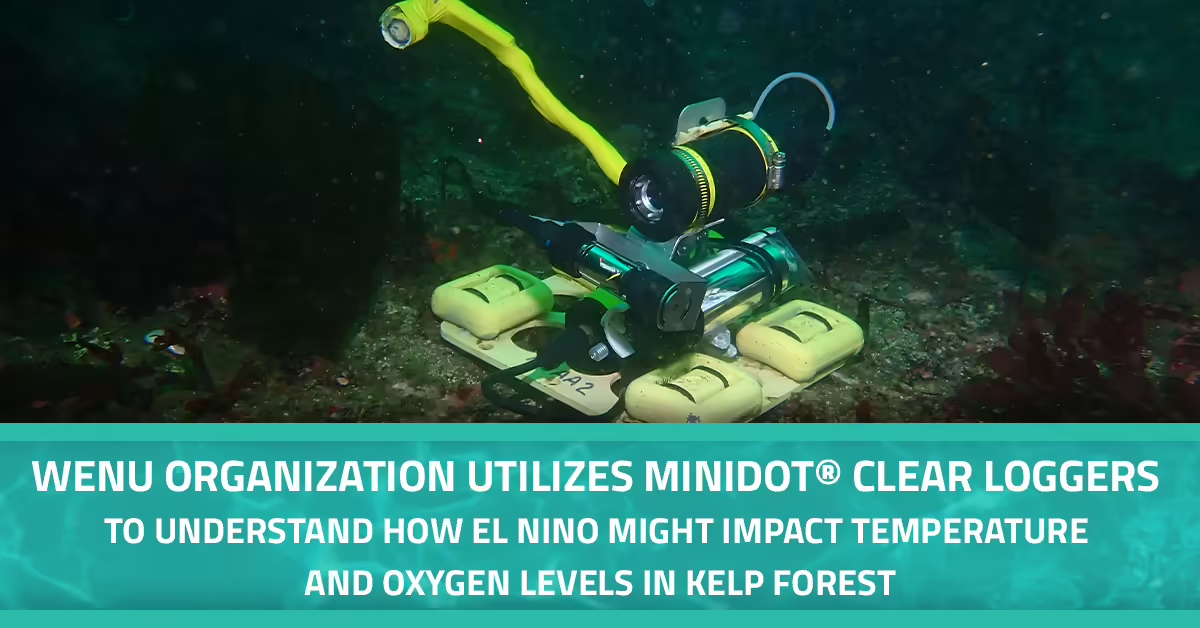
El Nino events have had devastating effects on kelp beds off the coast of California. This phenomenon is being studied by citizen scientists who want to know more about how and why species are dying in areas of the ocean where El Nino is occurring. For example, white abalone, an edible marine snail, is listed as an endangered species and is among the countless species impacted by unstable ocean conditions. White abalone feed on kelp along the San Diego coast where researchers have set up 4 different study sites with continuous underwater time-lapse cameras as well as temperature and oxygen loggers to monitor the conditions in those waters.
Research Goals
Researchers for the WENU project (Watching Earth and Nature Unlimited, wenu.earth) began their study off the coast of San Diego by looking specifically at how El Nino might impact temperature and oxygen levels and how it may affect the kelp forest. Researchers say the El Nino pattern never came. However, they were still notably able to witness a process of conditions for kelp forests underwater. WENU researchers want to collect data that they can share to educate the public on the kelp bed habitat.
Equipment and Methods
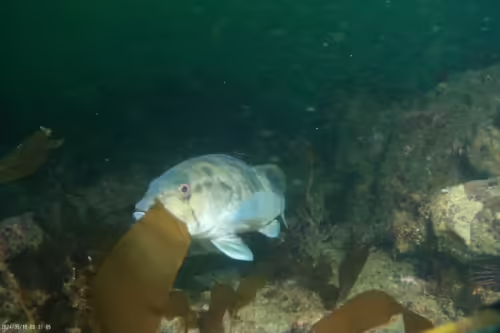 miniDOT® Clear loggers are deployed by WENU researchers approximately 500 meters apart. Even though these test sites are relatively close, researchers indicate they want to analyze the nuances between sites as they have observed that species in one site might be faring better than species only 500 meters away. To test what is causing these differences to be so localized, researchers are attaching miniDOT® Clear loggers to time-lapse cameras. In other words, researchers want to see what conditions the miniDOT® Clear Logger is reporting on. They then can pair the data from the miniDOT® Clear Logger with those physical observations. The lead researcher of this project is also a developer of various underwater instruments used by marine scientists. They report the miniDOT® Clear Logger in particular allows for more stable results because it uses an ideal fluorescence method to gather oxygen data. Whereas other loggers might gather data through dye methods that do not account for a time delay, the fluorescence method of the miniDOT® Clear logger does account for that time delay allowing for more stabilized results. Furthermore, the loggers use only two double AA batteries and can collect data for many months at a time before needing new batteries.
miniDOT® Clear loggers are deployed by WENU researchers approximately 500 meters apart. Even though these test sites are relatively close, researchers indicate they want to analyze the nuances between sites as they have observed that species in one site might be faring better than species only 500 meters away. To test what is causing these differences to be so localized, researchers are attaching miniDOT® Clear loggers to time-lapse cameras. In other words, researchers want to see what conditions the miniDOT® Clear Logger is reporting on. They then can pair the data from the miniDOT® Clear Logger with those physical observations. The lead researcher of this project is also a developer of various underwater instruments used by marine scientists. They report the miniDOT® Clear Logger in particular allows for more stable results because it uses an ideal fluorescence method to gather oxygen data. Whereas other loggers might gather data through dye methods that do not account for a time delay, the fluorescence method of the miniDOT® Clear logger does account for that time delay allowing for more stabilized results. Furthermore, the loggers use only two double AA batteries and can collect data for many months at a time before needing new batteries.
Future Research
This research study is in progress across its 4 testing sites with the overall goal being to show the world with visual and numerical data the relationship between higher ocean temperatures and oxygen levels as well as the impact on ocean species. The research team is made up of private citizens not affiliated with a government agency or company. They hope their project can continue for the next 2-3 years.
Product Description
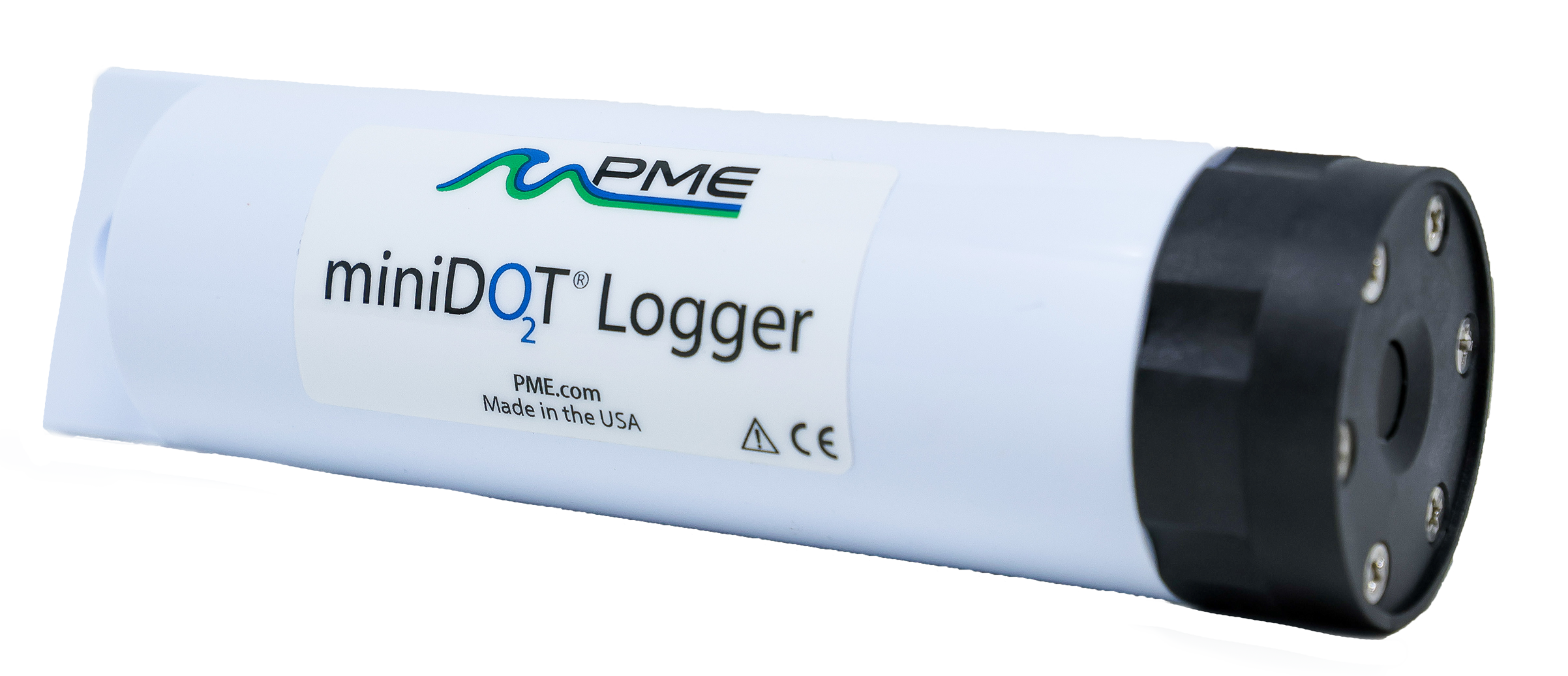
The miniDOT® Clear Logger is a fully submersible logger that records dissolved oxygen (DO) and temperature (T) measurements in fresh and saltwater. The PME oxygen sensor is an optode that measures dissolved oxygen concentrations in water through a fluorescence method. Data is recorded to an internal SD card.

